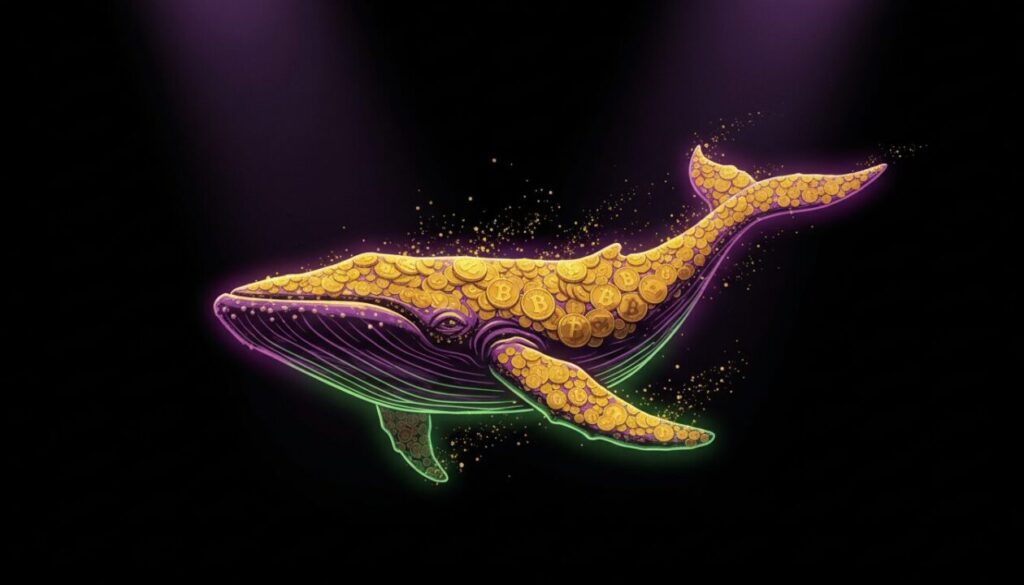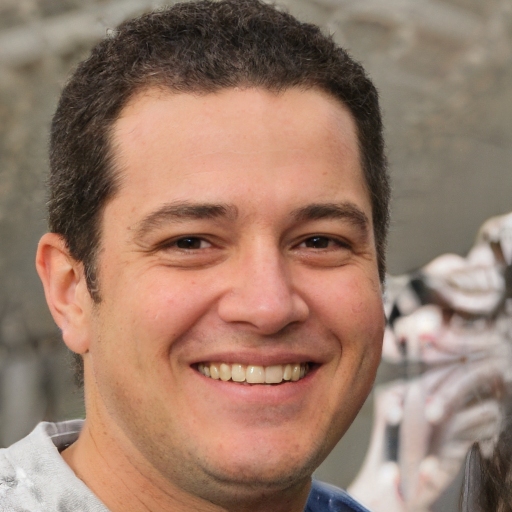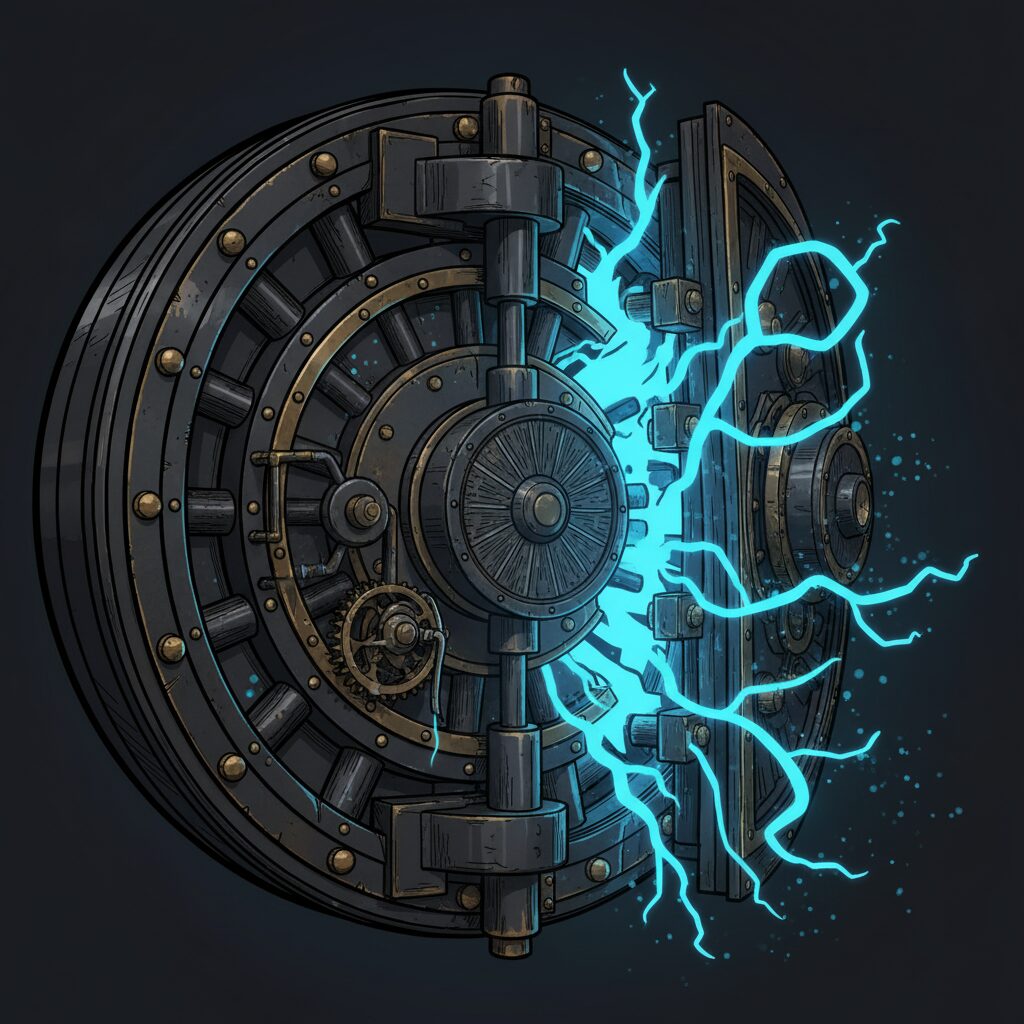A $221 Million Solana Transfer to Coinbase Signals Deepening Institutional Interest

A massive transfer of 1,097,555 SOL, valued at approximately $221 million, has moved from an unknown wallet directly to Coinbase Institutional. This significant transaction, first highlighted by the on-chain tracking service Whale Alert, has sparked discussion about the growing role of large-scale investors within the Solana ecosystem.
Decoding the Institutional Signal
In the crypto market, large transactions by major holders, often called “whales,” are closely watched for insights into future market direction. The destination of the funds is often more telling than the size of the transfer itself. A move to a standard retail exchange might suggest an intent to sell, but a transfer to Coinbase Institutional implies a very different strategy.
Coinbase Institutional is a platform designed specifically for hedge funds, asset managers, and corporations, offering services like prime brokerage and secure custody. Sending such a large volume of SOL to this platform indicates that a sophisticated entity is making a strategic move. This could range from securing assets in cold storage to preparing to provide liquidity for other institutional clients or building a long-term position.
Solana’s Growing Appeal to Major Players
This transfer reinforces Solana’s position as a top-tier blockchain network capable of attracting serious capital. Known for its high transaction speeds and low fees, Solana has cultivated a robust ecosystem of decentralized applications (DApps), NFTs, and decentralized finance (DeFi) projects.
While a single transaction doesn’t define the network’s overall health, this kind of institutional engagement is a strong vote of confidence. It suggests that major investors are increasingly comfortable with Solana’s technology and its long-term potential. Such moves can lead to increased market stability and further adoption as more large-scale capital flows into the ecosystem.
Interpreting Major Crypto Movements
It’s important to approach news of large transfers with a nuanced perspective. A whale-sized deposit to an institutional platform doesn’t automatically signal an impending market dump. More often, it points to the maturation of the digital asset market, where institutional players are establishing significant, long-term positions.
Market analysts typically advise looking at the broader context, including other on-chain metrics and overall market sentiment, to get a clearer picture. Ultimately, this $221 million transfer underscores the dynamic nature of the crypto market and Solana’s strengthening role as a key asset for institutional investors.
Disclaimer: The information provided in this article is for informational purposes only and does not constitute financial advice, investment advice, or any other sort of advice. You should not treat any of the website’s content as such. Always conduct your own research and consult with a professional financial advisor before making any investment decisions.
A Hub for New Energy
Singapore is dedicating over 400 football fields of land on Jurong Island to develop new energy solutions, including facilities powered by hydrogen and ammonia. The initiative is part of a broader strategy to position the industrial hub as a global test bed for low-carbon technologies and sustainable manufacturing.
Minister Tan See Leng, who oversees the nation’s energy policy, stated that these efforts will help meet rising regional demand for higher-quality, sustainable products. He highlighted that Jurong Island is set to become a proving ground for fuels like ammonia and hydrogen, which don’t release carbon dioxide, as well as for advanced carbon capture systems.
Key projects already in motion include a hydrogen-ready natural gas power plant and Singapore’s first facility designed to use imported ammonia for both power generation and ship refueling. One consortium, led by Keppel, plans to build a power plant that can produce up to 65 megawatts of electricity from ammonia—enough to power over 90,000 public housing apartments for a year.
To support this vision, the government intends to unveil a comprehensive research and innovation strategy in 2026, aimed at accelerating decarbonization across the power and industrial sectors.
Powering the Digital Future
Alongside the energy projects, Jurong Island will host Singapore’s largest low-carbon data center park. An area of 20 hectares, or about 25 football fields, has been set aside for this purpose, with the potential to support up to 700 megawatts of computing capacity.
This expansion addresses the surging demand for computing power driven by artificial intelligence. While Singapore announced plans in 2024 to increase its data center capacity by over one-third, new operators are required to adopt green practices. These facilities will be able to leverage the island’s shared infrastructure, including energy storage systems and clean power sources.
To minimize their environmental impact, data centers will be encouraged to use energy-efficient equipment, low-carbon fuels, and raise operating temperatures to 26 degrees Celsius to reduce the energy consumed by air-conditioning.
Decarbonizing an Industrial Giant
The transformation comes at a critical time, as the refining and petrochemicals sector on Jurong Island accounts for about one-third of Singapore’s greenhouse gas emissions. The island is home to over 100 companies employing more than 27,000 people.
With the global petrochemical industry facing pressures from oversupply and stricter climate regulations, government officials note that the shift toward decarbonization is accelerating. The island’s integrated ecosystem makes it an ideal location to pilot and scale new low-carbon technologies.
Tracking Sustainable Progress
These initiatives build on a 2021 plan to remake Jurong Island into a sustainable energy and chemicals hub by 2030. According to a progress update from JTC Corporation and the Economic Development Board (EDB), the output of sustainable products has already risen 1.4 times above 2019 levels, putting the nation on track to meet its goal of a 1.5 times increase by 2030.
Examples of this progress include French company Arkema producing polymers from castor beans and Japanese firm Kuraray planning to start production of recyclable food packaging in 2026. Since 2021, the EDB has also awarded grants to 35 industry projects focused on energy efficiency and decarbonization. These projects alone are expected to reduce annual carbon dioxide emissions by over 340 kilotonnes, which is equivalent to taking 80,000 cars off the road.











